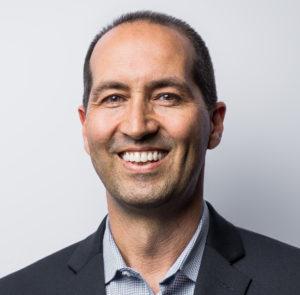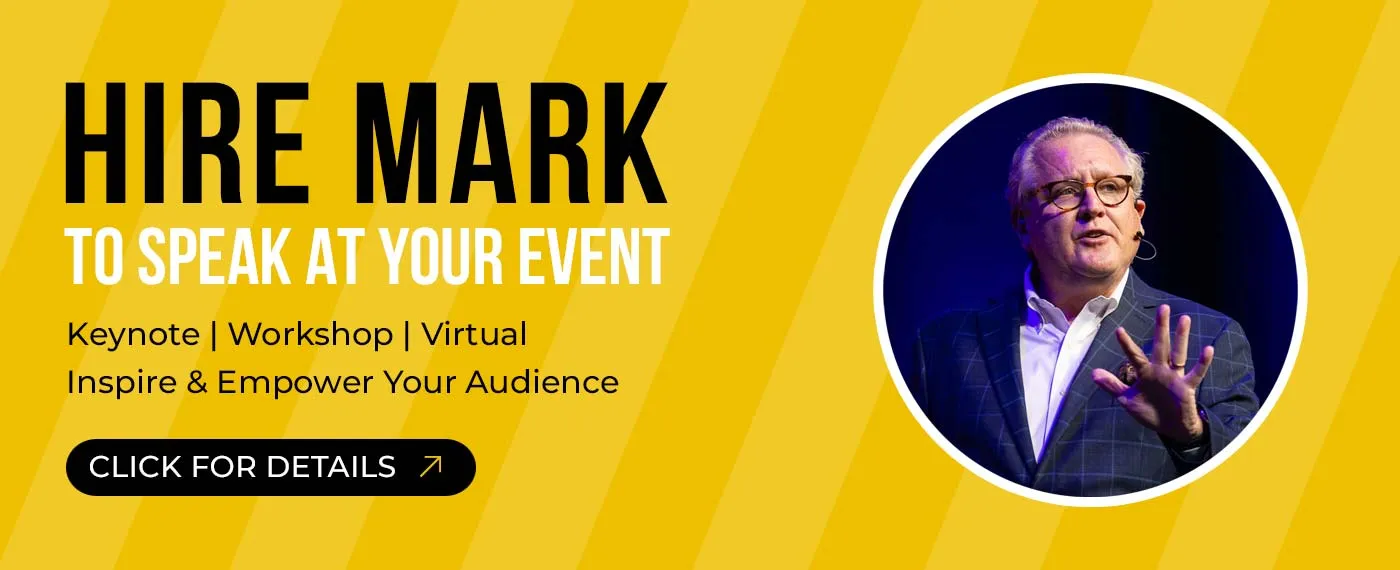
Imagine for a moment that a fast food chain contacts you to help them sell more milkshakes.
How would you approach this challenge? What would you want to know?
Well, this scenario actually played out years ago. A franchise wanted to sell more milkshakes. So they hired a market research firm to kickoff the process.
The market research firm did what market research firms do. Then the advertising agency did what advertising agencies do. A lot of money was spent. And nothing happened. Sales remained flat.
That is until they discovered that some people buy milkshakes for breakfast. But that’s not the interesting part.The revelation was the one question that led to that discovery. It is a question that completely changed my view of marketing and I want to share it with you today.
The traditional view of marketing
A few years ago, I was part of a team charged with launching and scaling up a national hospital awards program.
The idea was that independent industry judges would select 10 Programs of Excellence. We would host an Oscars-style party to announce, award, and promote the best hospital programs in the U.S.
You’d think it would be easy to give away grant money and free publicity to a bunch of underfunded, under-appreciated community health programs. But it wasn’t.
The hard part was getting hospitals to know, like, and trust our awards program. Why? Because hospitals are suspicious about vendor programs that seem too good to be true. It’s a healthy suspicion. “Surely there’s a bait-and-switch sales motive,” they thought. So we had to earn their attention and trust, which takes time and money.
In other words, we had a marketing problem.
For the first couple of years, we spent significant money with a traditional view of marketing to promote the program, and yet we couldn’t get even 100 nominees.
Why on earth weren’t more hospitals nominating their programs? Let’s go back to the milkshake story.
Milkshakes for breakfast
After the fast food chain spent so much money on marketing tactics and plans with no results (like us) they hired another research group.
The other strategists asked the obvious question: what was the product, demographic, and competition for this product?
But the new researcher started with this question: “What jobs do people hire milkshakes to do in their lives?”
Let’s read that question again. “What JOBS do people HIRE milkshakes TO DO in their lives?”
What they discovered was profound and it led to a dramatic increase in milkshake sales.
A new view of marketing
The researchers discovered two key groups of milkshake buyers. The first group hired milkshakes to make their boring commute more enjoyable. Milkshakes tasted good and lasted much of their 20-minute commute. They staved off hunger until lunch. Plus, milkshakes were something commuters could consume with one hand, while driving, without getting greasy fingers and crumbs in their lap.
A second group of milkshake buyers were parents hiring milkshakes to do the job of being loving parents. After a week of “no, you can’t have that,” moms and dads could hire a milkshake as a “yes” moment with their kids.
This framework is referred to as “jobs to be done” by Clayton Christensen, Scott Cook and Taddy Hall, who authored the 2005 Harvard Business Review article where the milkshake story first appeared. This research ultimately formed the basis of the book, Competing Against Luck ,which I consider required reading for anyone trying to sell anything.
According to the authors, people hire products, services and ideas to do specific jobs in their lives. And each job has functional, emotional, and social dimensions to it. For example, those morning commuters were hiring milkshakes to do a functional job (convenience) and an emotional job (enjoyment). Those after-school parents were hiring milkshakes for a social job (bonding) and an emotional job (feeling like good parents).
The power of the jobs framework is that it opens new avenues for innovation. What other treats could parents hire to bond with their kids? What other twists on milkshakes could take commutes to the next level without jeopardizing the essential job to be done?
Applying this to hospitals
As I considered this framework, I thought about what job our awards program was meant to fulfill.
The big aha was discovering that these community program managers didn’t have a “national publicity” job to be done. Their focus was very local and personal. Some had a “I want the hospital CEO to know I exist” job to be done. Others had a “I want to expand our program model to other cities” job to be done. We even found a small population of managers who had a “I want to build my personal brand and teach others” job to be done.
Armed with these insights, we were able to speak to these jobs to be done through our marketing. We were able to hone in on the functional, emotional, and social dimensions these hospital managers deeply desired.
Like milkshake sales, our nominations grew. Over the course of a few years, we built a very loyal and appreciative base of nominees and award winners.
The jobs framework even gave us the insight to present the awards onsite at the hospital, rather than at the Oscars-style event we had originally established. Why? Because local publicity was the job they most wanted done. They wanted to be hometown heroes.
It’s your turn!
What functional, emotional, and social jobs are your customers/clients trying to get done in their lives? What product or service are they currently hiring to get that job done? The success and growth of your business depends upon your ability to answer this question.
But there’s a catch.
You can’t answer this question sitting in your office! You have to spend time in the field listening to and talking with the people you seek to serve. And keep asking “why” questions until you get to the deeper, more personal jobs they’re trying to get done.
What are your thoughts about this new view of marketing?
 Keith Reynold Jennings is an executive and writer. He serves as vice president of community impact for Jackson Healthcare. He’s an advisor to goBeyondProfit. And he writes about the intersections of social impact, stewardship and legacy. Find Keith on Twitter and Linkedin.
Keith Reynold Jennings is an executive and writer. He serves as vice president of community impact for Jackson Healthcare. He’s an advisor to goBeyondProfit. And he writes about the intersections of social impact, stewardship and legacy. Find Keith on Twitter and Linkedin.


